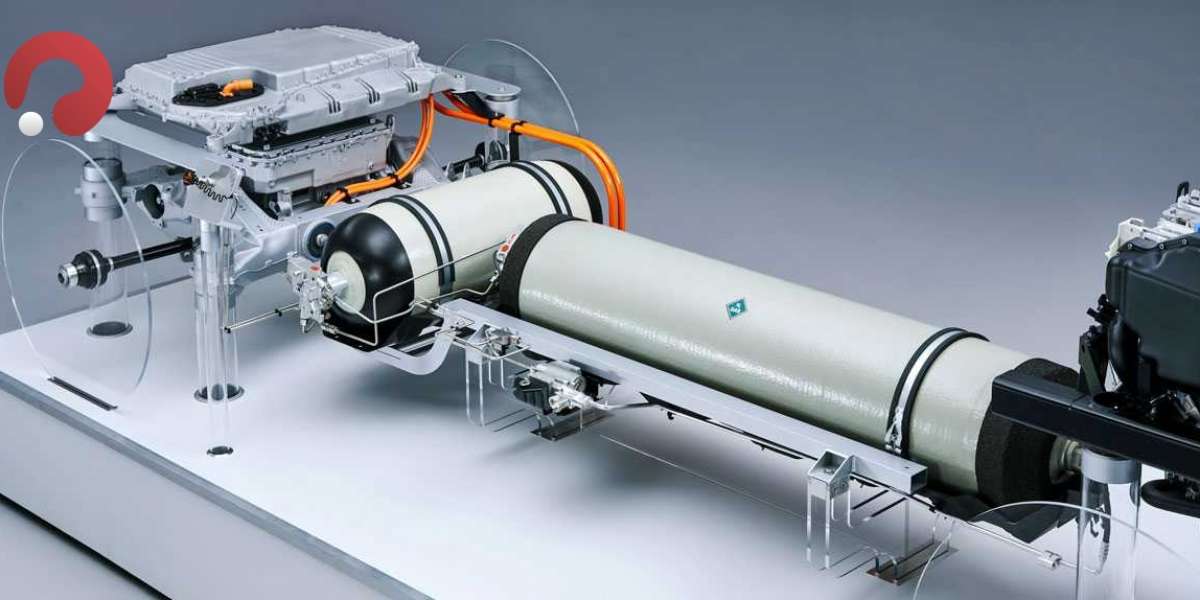South Korea Fuel Cell Powertrain Market
South Korea is one of the leaders in the global South Korea Fuel Cell Powertrain Market, with a strong emphasis on clean and sustainable energy solutions. The country has been at the forefront of hydrogen fuel cell vehicle development, with automakers like Hyundai and Kia investing heavily in hydrogen-powered passenger cars, buses, and trucks. South Korea’s government has implemented strong policies to support the hydrogen economy, including subsidies for fuel cell vehicles and funding for the development of hydrogen refueling stations.
In addition to passenger vehicles, South Korea is focusing on expanding fuel cell technology into the heavy-duty sector, including trucks and buses, where hydrogen power offers significant advantages in terms of range and refueling time compared to battery electric vehicles. With increasing demand for eco-friendly solutions and robust government backing, the fuel cell powertrain market in South Korea is set for continued growth.
According to MRFR analysis, the global Fuel Cell Powertrain market is expected to register a CAGR of ~71% from 2024 to 2032 and hold a value of over USD 7.37 Billion by 2032.
Market Research Future Insights
The Fuel Cell A powertrain is an electrically driven device in which a fuel cell converts hydrogen energy into electricity. Material handling, backup control during emergencies, and transportation are all possible uses. Since it does not produce hazardous pollutants as an internal combustion engine does, the fuel cell power train is both extremely effective and ecologically safe.
A cheap zero-local-emission transportation solution is the powertrain fuel cell. This is a component of a hybrid fuel cell car, a type of vehicle that uses hydrogen as an energy source to power a fuel cell to generate electricity. The growth of the powertrain fuel cell sector globally is being significantly accelerated by ongoing technological advancements in the vehicle industry.
The environmental concerns about car GHG emissions may be the main reason for the market expansion for fuel cell powertrains. A possible driver of rising fuel cell powertrain demand is the government's expanding attempts to create hydrogen networks. This article provides an overview of the current state of the Fuel Cell Powertrain Market, key trends, challenges, and future prospects for fuel cell powertrains in the automotive sector.
Get a free sample pdf report of @ Fuel Cell Powertrain Market
Market Trends
- Hydrogen as an Energy Source: Fuel cells convert hydrogen into electricity, emitting only water vapor as a byproduct. This makes hydrogen an appealing energy source for environmentally conscious transportation.
- Government Support and Policies: Governments worldwide are offering incentives and subsidies for fuel cell technology, aiming to reduce carbon emissions and promote clean transportation.
- Infrastructure Development: Increased investment in hydrogen refueling infrastructure is facilitating the growth of fuel cell powertrains.
- Commercial and Heavy-Duty Vehicles: The use of fuel cell powertrains in commercial and heavy-duty vehicles, such as trucks and buses, is growing due to their long range and fast refueling capabilities.
- Automotive Partnerships and Collaborations: Key players in the automotive industry are forming strategic partnerships to advance fuel cell technology and bring it to market.
Key Players
Some of the key market players are
AVID Technology Ltd (UK)
Ballard Power Systems (Canada)
Brown Machine Group (US)
Ceres Power (UK)
Cummins (US)
Delphi Technologies (UK)
Denso Corporation (Japan)
ITM Power Manufacturers (UK)
Robert Bosch (Germany)
Bloom Energy (US)
SFC Energy (Germany)
Regional Analysis
The fuel cell industry is expected to be dominated by Asia-Pacific. The expansion of the market in this region is pushed by factors such as the creation of new infrastructural capabilities and the openness of the market to international businesses.
Europe is also anticipated to have a significant part of the fuel cell powertrain market. Due to ongoing efforts by manufacturers to lower the weight of automobiles to maximize their performance.
Market Segmentation
The Global Fuel Cell Powertrain market has been segmented into Component, Drive Type, Vehicle Type, and Power Output.
Based on the Component, the market has been segmented into Fuel Cell Systems, Battery Systems, Drive Systems, Hydrogen Storage Systems, and Others.
Based on the Drive Type, the market has been segmented into Rear Wheel Drive (RWD), Front Wheel Drive (FWD), and All-Wheel Drive (AWD).
Based on the Vehicle Type, the market has been segmented into Passenger Cars, Light Commercial vehicles (LCV), Buses, and Trucks.
Based on the Power Output, the market has been segmented into Less than 150 KW, 150–250 KW, and More than 250 KW.
Other Related Reports:













